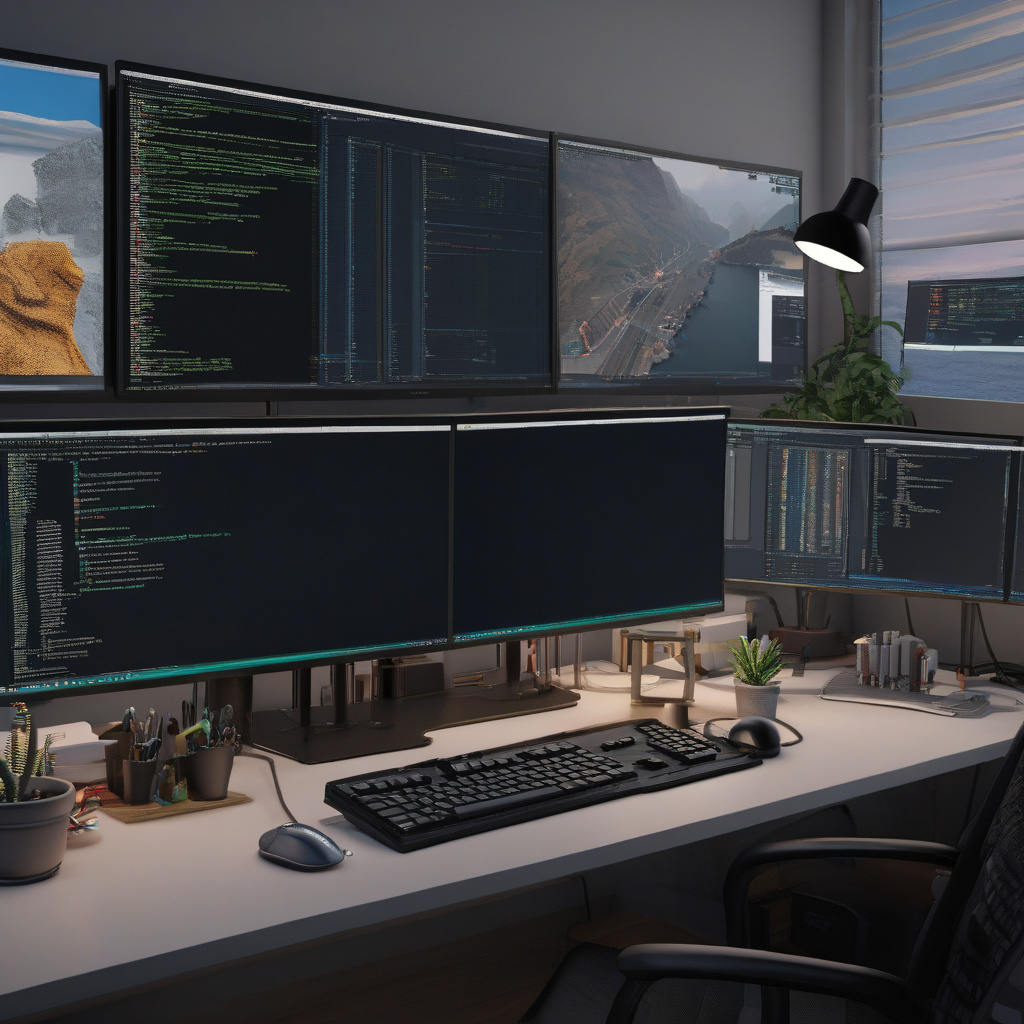Title: Unveiling Python Debugging in Docker: A Beginner’s Tutorial
Are you new to the world of running Python within Docker containers? Navigating the intricacies of debugging in such an environment can be a daunting task for beginners. Fear not, as this comprehensive tutorial aims to demystify the process, empowering you to tackle bugs with confidence.
Understanding Docker and Python Integration
Before we delve into debugging, it’s crucial to grasp the fundamentals of Docker and Python integration. Docker allows you to package your application and its dependencies into a standardized unit known as a container. Python, a versatile and widely-used programming language, seamlessly integrates with Docker, offering scalability and portability to your projects.
Setting Up Your Development Environment
First and foremost, ensure you have Docker installed on your system. You can download the Docker Desktop application for a user-friendly experience. Once Docker is up and running, create a new directory for your Python project and navigate to it in your terminal.
Building Your Docker Image
The next step involves creating a Dockerfile within your project directory. This file contains instructions for building your Docker image. Here’s a basic example of a Dockerfile for a Python application:
“`Dockerfile
FROM python:3.9
WORKDIR /app
COPY . /app
CMD [“python”, “app.py”]
“`
In this example, we start with a base Python image, set the working directory, copy the contents of our project into the container, and specify the command to run our Python application.
Running Your Docker Container
Once your Dockerfile is set up, it’s time to build your Docker image. In your terminal, navigate to your project directory and run the following command:
“`bash
docker build -t my-python-app .
“`
This command builds a Docker image named “my-python-app” based on the instructions in your Dockerfile. To run a container using this image, execute the following command:
“`bash
docker run my-python-app
“`
Debugging Python Code in Docker
Debugging Python code within a Docker container doesn’t have to be a daunting task. By leveraging the right tools and techniques, you can streamline the debugging process and identify issues efficiently.
One popular method is to use the `pdb` module, Python’s built-in interactive source code debugger. You can incorporate `pdb` into your code by inserting the following line where you want to set a breakpoint:
“`python
import pdb; pdb.set_trace()
“`
When your Python code reaches this line during execution, it will enter into an interactive debugging session, allowing you to inspect variables, step through code, and pinpoint errors.
Remote Debugging with VS Code
For a more robust debugging experience, consider using Visual Studio Code (VS Code) with the Python extension for remote debugging. This setup enables you to debug Python code running inside a Docker container directly from your local VS Code environment.
To enable remote debugging with VS Code, you’ll need to install the Python extension and configure a launch configuration that connects to your Docker container. This approach provides a seamless debugging experience, enhancing your productivity and efficiency.
Conclusion
In conclusion, mastering the art of debugging Python in Docker is a valuable skill for any developer venturing into containerized environments. By following this step-by-step tutorial, you can gain a deeper understanding of debugging techniques and elevate your Python development process.
Remember, debugging is not just about fixing errors; it’s a learning experience that enhances your problem-solving abilities and strengthens your coding skills. Embrace the challenges, celebrate the victories, and continue to refine your craft in the dynamic realm of Python development within Docker containers.

